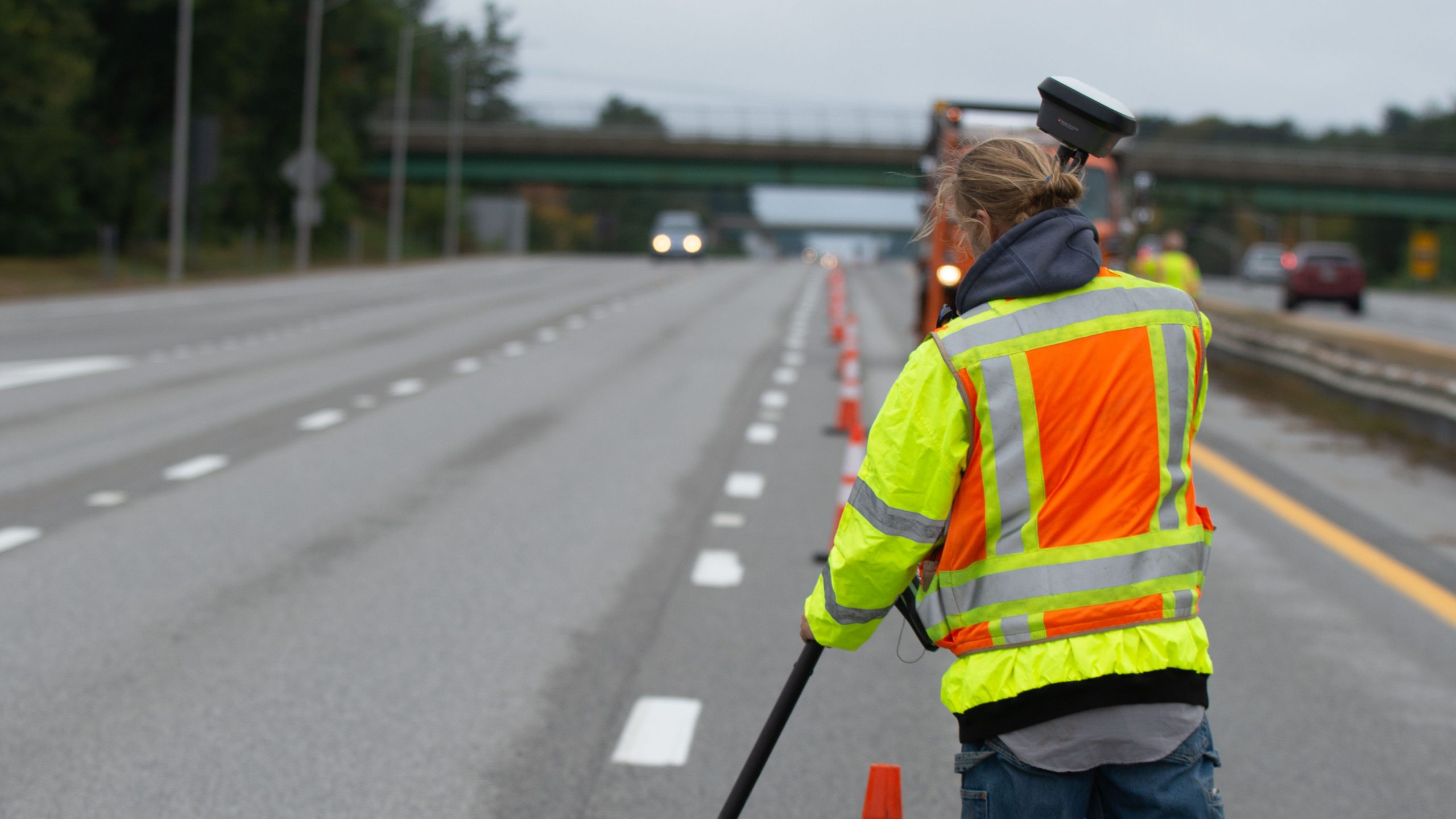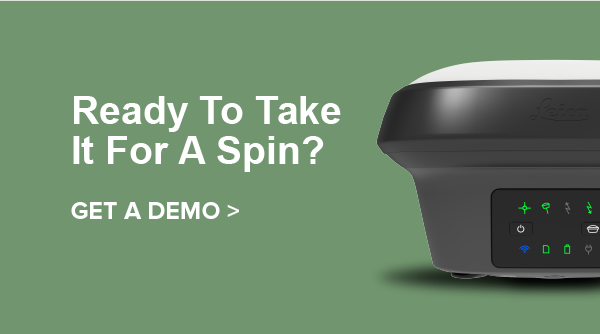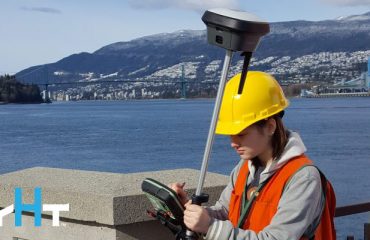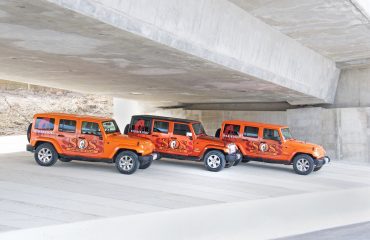For many small surveying firms, investments in new technology are often a stretch. For Titcomb Associates based in Yarmouth, Maine, using state-of-the-art technology is an integral part of business strategy—a strategy that has proven itself over nearly five decades and made the company one of the most trusted surveying specialists in New England. Owner David E. Titcomb, PLS, regularly invests in new hardware and software that helps the firm achieve a faster turnaround on high-quality deliverables and, in general, makes life easier for clients. Most recently, Titcomb invested in the Leica GS18 T GNSS rover, one of the most technologically advanced receivers on the market. It’s both the fastest RTK rover and the first to provide the first true “plumb-free” pole solution—that is, the GS18 T uses GNSS and inertial sensors to make an antenna that always knows exactly where it is and, importantly, where the end of the pole is. It doesn’t need to be calibrated before use, doesn’t need to be plumbed before readings, and it’s foolproof against magnetic disturbances.
“Not having to take those couple of seconds to plumb a rod—for every single shot—speeds us up by 20-30%. And it makes an even bigger difference when we can tilt the rod to get a shot right on the point we want. … There are projects we’re now doing in half the time compared to previous methods.”
– Nicholas S. Elliston, PLSFor Titcomb, these capabilities, combined with the “trust factor,” were the key considerations in making the investment. “Dad started with a Wild theodolite, so we’ve always had a trust in Wild and now Leica instruments—they’re bulletproof. So I trusted this receiver to be as fast as advertised, and I knew that speed would pay off for us.”
Fast and Agile GNSS
Project Manager Nicholas S. Elliston, PLS, says the speed of the tilt rover has definitely provided an advantage. “We’ve already seen the difference with the GS18 T being able to collect additional constellations and frequencies over our previous receiver. We’re now getting data in places we couldn’t have used RTK before—that’s a game changer.”
This is especially true given the particular conditions in Maine. “We obviously have a lot of trees here, and we developed a good sense of where we could work with our previous RTK solution—more often than not, in tree cover, we couldn’t,” Elliston adds. “With the GS18 T, more often than not, we can. That means we don’t have to go back with a total station, and of course saving trips is a big time saver.”

But it’s not just better coverage and faster readings that make a difference. According to Elliston, the calibration-free pole is a time saver in itself. “Not having to take those couple of seconds to plumb a rod—for every single shot—speeds us up by 20-30%. And it makes an even bigger difference when we can tilt the rod to get a shot right on the point we want—for example, building corners, or the line under a guardrail. We get accurate locations without extra measurements or offsets or coming back with the total station. When all these factors are considered, there are projects we’re now doing in half the time compared to previous methods.”
Increased Safety with a Tilt Rover
A surprise benefit to the GS18 T receiver was safety. “We do a lot of roadway surveying on the Maine Turnpike,” Elliston explains. “I’m often working near live traffic, and now I can be a step farther away just by leaning the pole out and taking the shot without plumbing up. The increased speed is great, of course, but working more safely is probably the biggest advantage.”
Clearly the investment in a more advanced GNSS receiver was a good one for Titcomb Associates, paying off with faster work, more effective work in Maine forests, reduced total station work, and greater safety.
The firm leveraged the new receiver’s superb performance even more by making a further investment in an echosounder kit for bathymetric surveys. “We connected the GS18 T to the echosounder and now we’re able to collect one shot every second when doing bathymetric surveys,” Titcomb says. “It’s pretty slick!”
Contact us today to learn how you can do more with the GS18 T.






